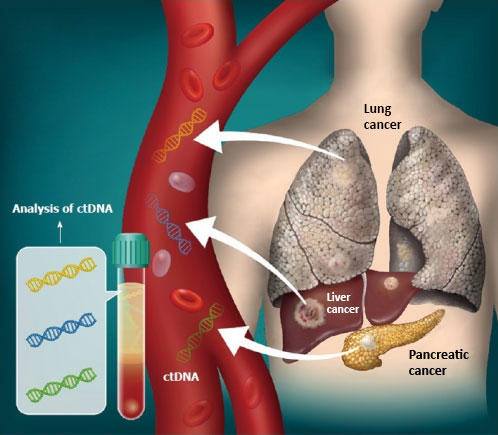Disaster adaptation planning guidelines have been launched to establish a consistent and streamlined approach to reducing disaster risk across the State.
This will bring a more consistent state-wide approach to build safer and more resilient communities.
Disaster Adaptation Plans (DAPs) are a legislative responsibility of the NSW Reconstruction Authority and a key feature of the first State Disaster Mitigation Plan (SDMP), released in February 2024. This comprehensive plan outlines how the rising costs of disasters can be addressed by investing in risk-reduction.
Work is already underway on the state's first DAPs in the Hawkesbury-Nepean Valley, focussed on flood risk, and the Northern Rivers, to adapt for multiple hazards.
Across the state, a further five regional organisations of councils have received funding for projects that enable early actions in adaptation planning.
A DAP is a regional plan developed by the NSW Reconstruction Authority, working collaboratively councils, communities and all government agencies to help reduce disaster risk and adapt to future hazards through long-term mitigation and adaptation actions.
DAPs were also a key recommendation of the 2022 Independent Flood Inquiry, which called for effective and cross-government engagement to adapt to disaster risk across the state.
Since July 2019, NSW has experienced 111 declared natural disasters, with more than 20,000 homes damaged in 2022 alone. The SDMP indicated that the annual cost of floods, fires and storms is projected to reach $9.1 billion by 2060 highlighting the urgent need for comprehensive disaster adaptation planning.
Each DAP assesses the unique geography and characteristics of the region to identify the most effective risk reduction measures for different natural hazards.
The plans provide communities with a clear understanding of local risks and insights into how disasters impact people, homes, infrastructure, services and local economies.
Extensive community and stakeholder engagement is central to DAP development, including the establishment of regional steering committees, community reference groups and integration of cultural knowledge from First Nations stakeholders.
By preparing DAPs, communities will have a clear pipeline of projects that reduce risk.
For more information and to get a copy of the DAP Guidelines go to https://www.nsw.gov.au/departments-and-agencies/nsw-reconstruction-authority/our-work/disaster-adaptation-plans/guidelines
Minister for Recovery Janelle Saffin said:
"Hundreds of thousands of residents live in high-risk areas across our state. This is why we are undertaking this vital work in developing regional DAPs, so communities are better prepared to respond to and recover from disasters.
"We're shifting the dial on how we prepare for and deal with disasters by working together with local government and community to identify a pathway for adaptation actions and resilience across the state.
"We are empowering communities and organisations to adapt for future disasters and recover from them faster."
NSW Reconstruction Authority CEO Mal Lanyon said:
"The NSW Reconstruction Authority is the first organisation of its kind in NSW with the dual responsibility of both proactively reducing the impact of future disasters before they happen and responding when they do.
"Years of unprecedented disasters have highlighted the need for NSW to meet the challenges of the future by working to reduce both the actual and social costs of natural hazards to our communities, which is why the NSW Government is investing in reducing risks before disaster occur to empower and better protect communities.
"The increasing risk of natural hazards puts mounting pressure on our emergency services staff and volunteers, who are on the line keeping communities safe. These DAPs will help to manage that risk by reducing the impact of disasters before they occur."






